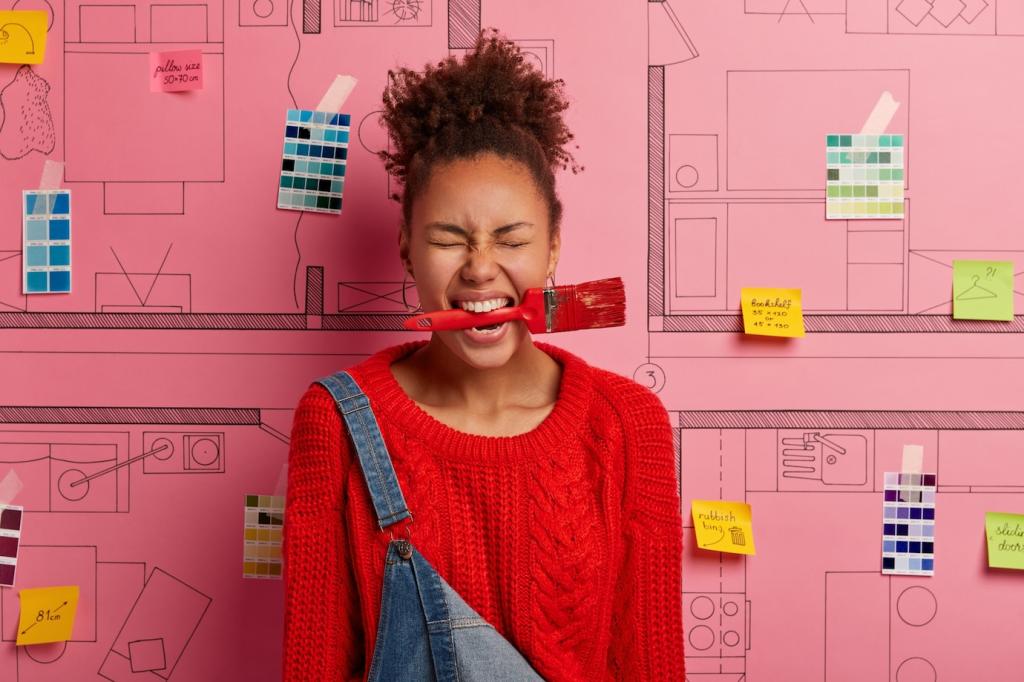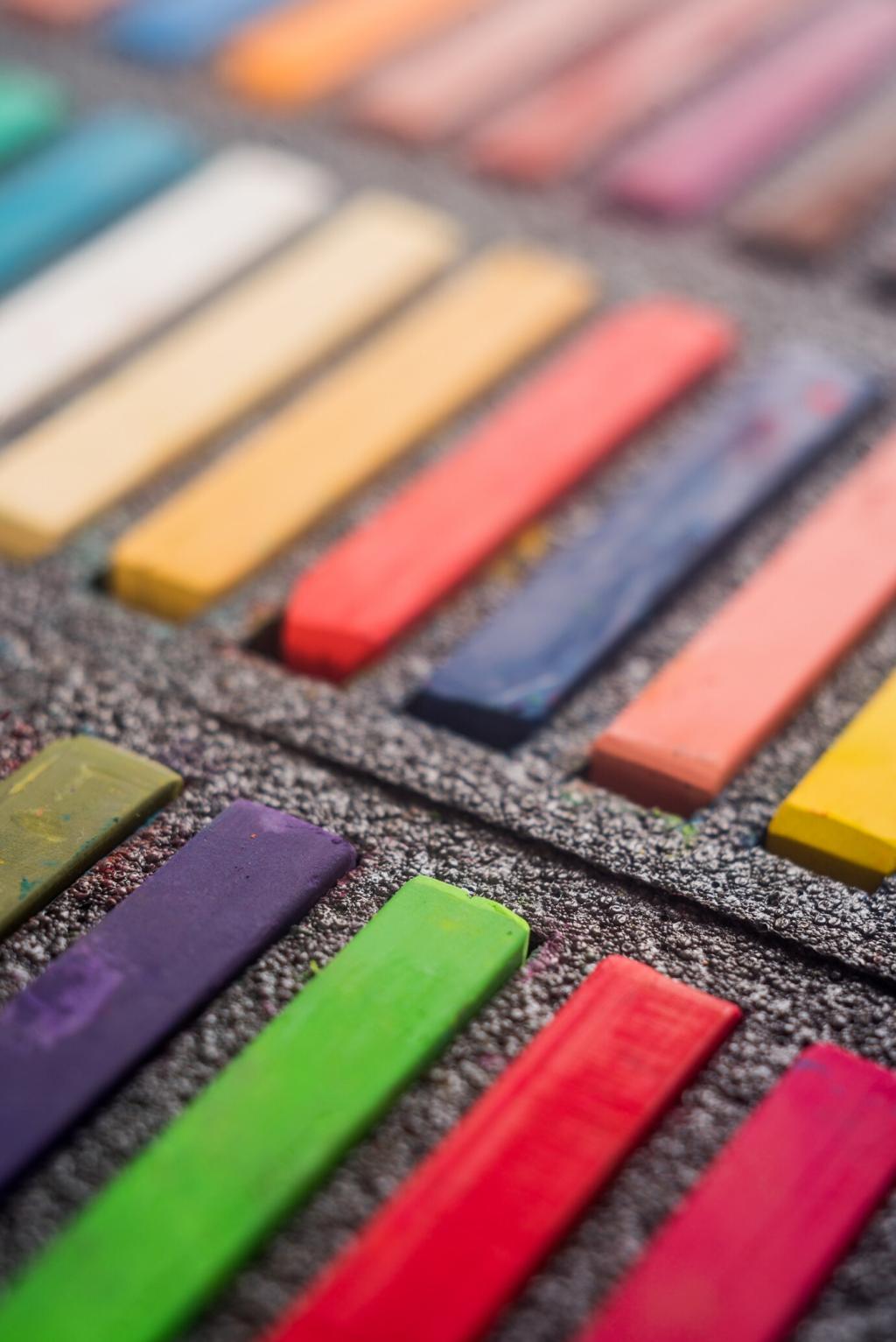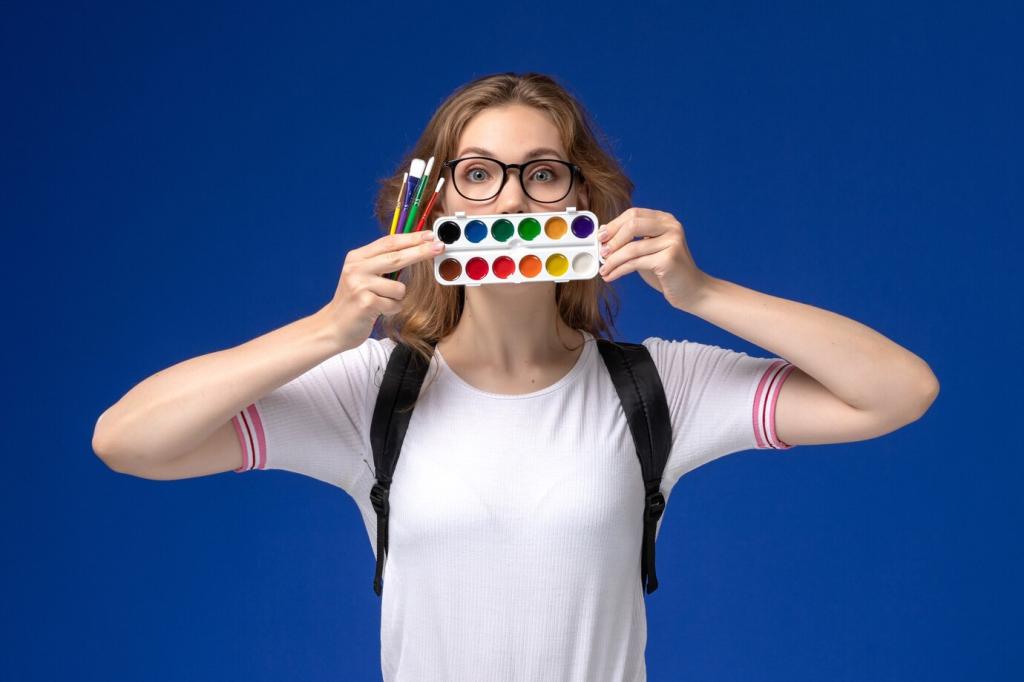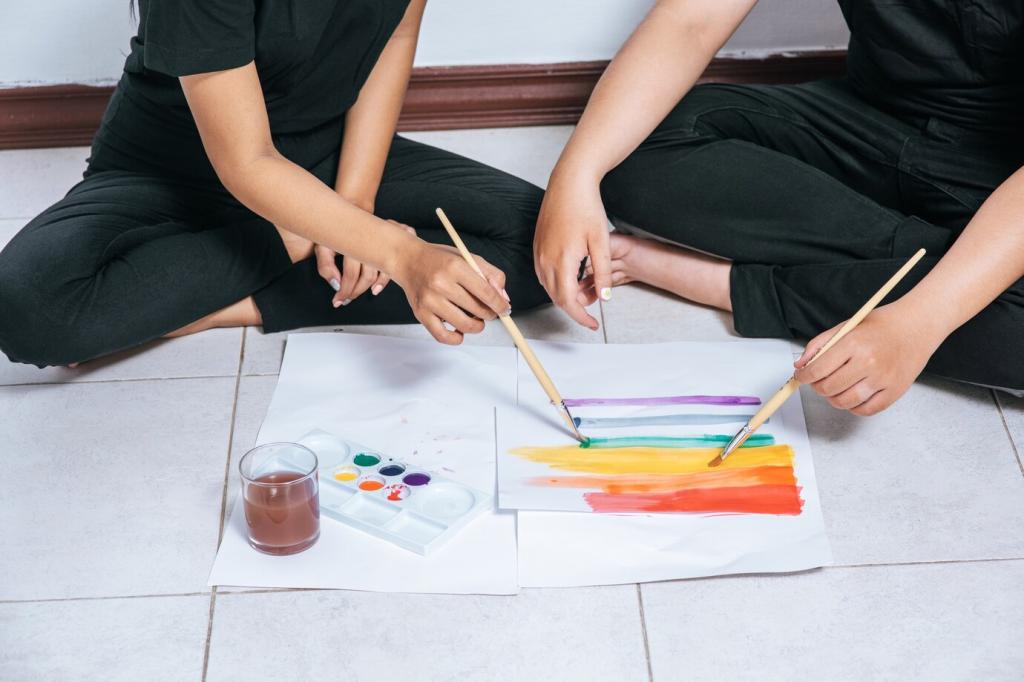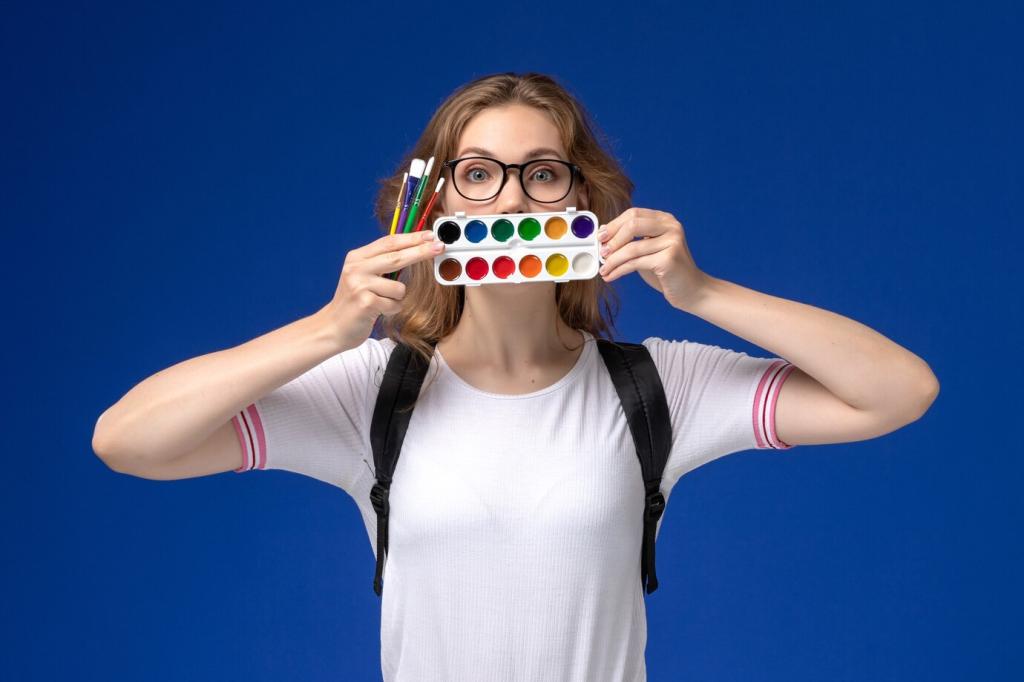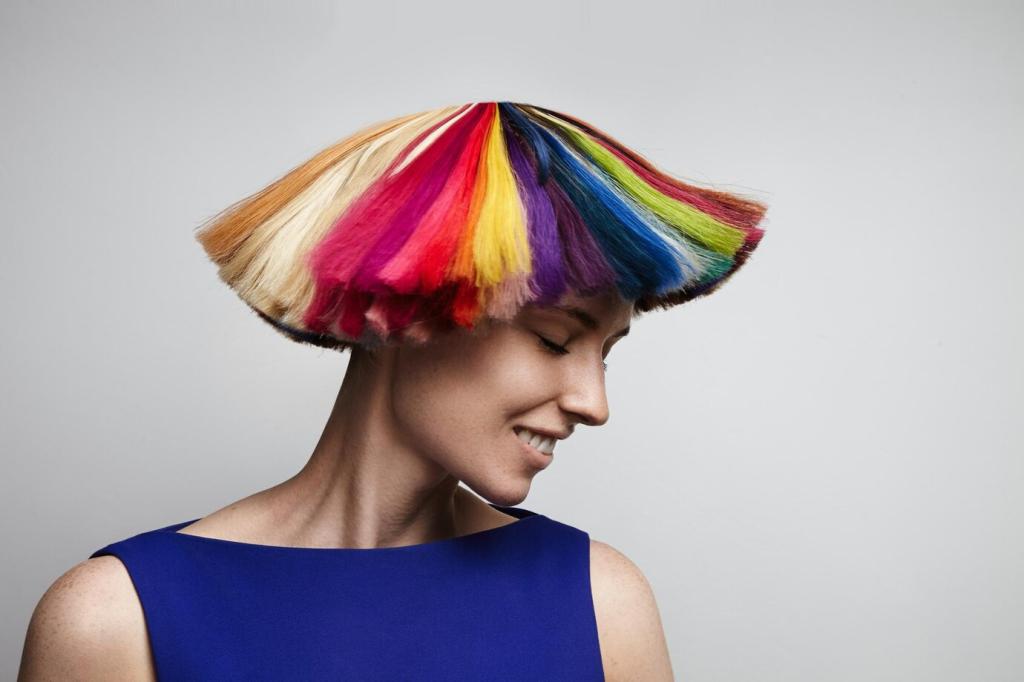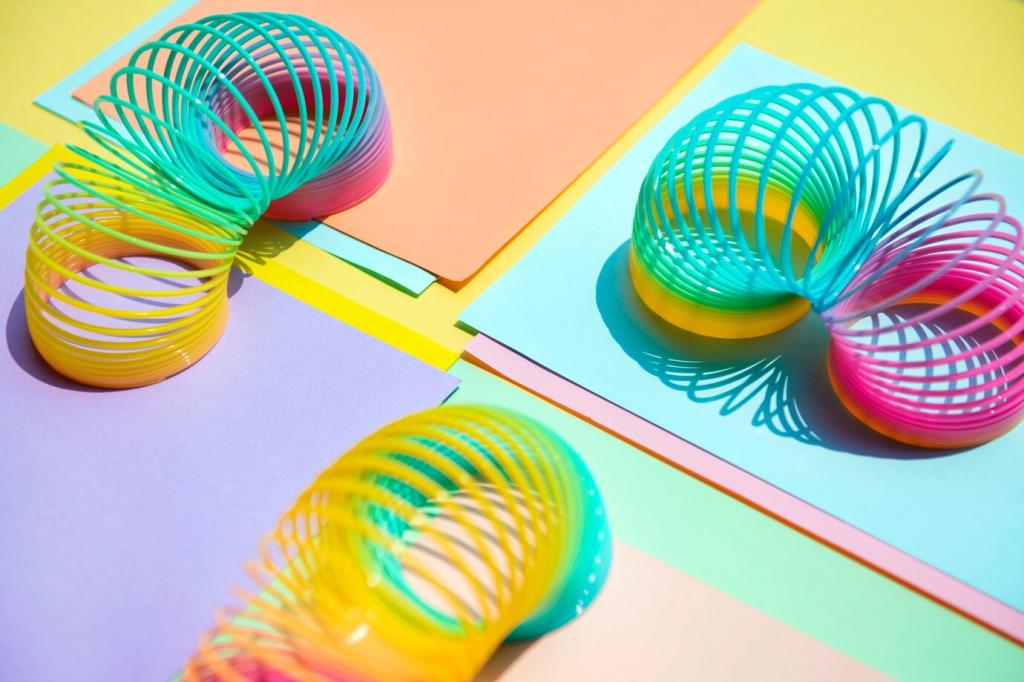Stories From Real Homes: When Color Changed Everything
Maya swapped a stark white coffee table for a pale-oak one and replaced a black leather sofa with forest-green velvet. She reported fewer late-night pacing episodes and more quiet reading. Lighting stayed warm and low. Her words: “The green feels like trees indoors.” Have you made a single swap that changed how you feel at home?
Stories From Real Homes: When Color Changed Everything
Jon painted a slim bookcase muted navy and chose a sage task chair. The color duo fenced the space emotionally, sheltering him from the living room’s bustle. Study sessions lengthened without extra caffeine. He added a small brass lamp for warmth. What’s your study-friendly color pairing? Share it to help another reader concentrate.

